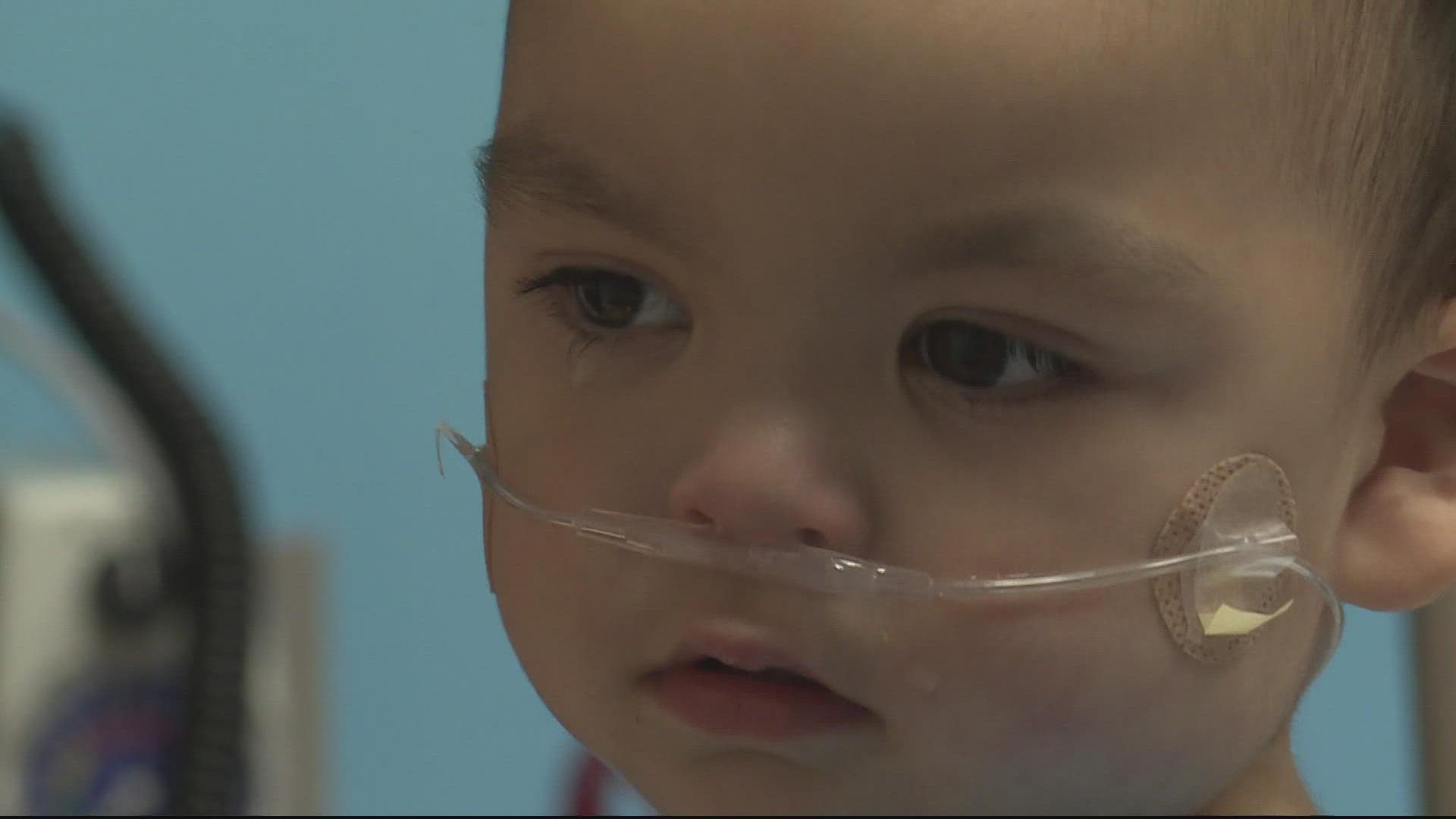WASHINGTON (WUSA9) -- The spring sports season is getting into full swing and children, teens, as well as adults alike are joining sports leagues and getting more active. Injuries can be inevitable but there are some tips that you can keep in mind for lowering the chances of injury.
Dr. Peter MacArthur of Inova Sports Medicine says a lot of spring sports injuries that you see in teenagers are the same that you see in adults including injuries to the shoulder, the knee, the elbow, the hip.
"There is one key difference to remember, and that's that kids are growing. And so with that growth that makes them more susceptible with injuries to their growth plates. Things like growing pains, things like overuse injuries," adds Dr. MacArthur.
So it's important to make sure that kids are not too active in sports and getting their adequate rest. The American Academy of Pediatrics (AAP) recommends that kids and teenagers get three months rest over the course of the year from competitive organized sports.
Dr. MacArthur says, "Usually we recommend that it's broken up in one month periods of rest. So rest is the key."
Another AAP study recommends kids delay single sport specialization until at least age 15-16 to minimize the risk of overuse injuries.
"Sports specialization and sports diversification is a huge topic in sports these days. So kids with increasing competitiveness and pressure to be really good at one sport, kids now are starting to do that one sport all year round. For example in baseball we see kids who are pitching 12 months out of the year, and what we want to do is to try to avoid that by having them diversify and taking breaks throughout the year," adds Dr. MacArthur.
Girls can be particularly susceptible to ACL injuries. It's a huge topic in sports medicine for girls, the ACL is one of the major ligaments in the knee that provides balance and support.
"There are two categories of reasons for that, there are modifiable risk factors and non-modifiable risk factors. The non-modifiable risk factors are things that we can't do anything about. So things like hormonal, anatomic, and developmental reasons that put them at risk for ACL injuries. We can't do anything about that. There are also modifiable risk factors, so risk factors like the way that we land from a jump. Strength and conditioning," adds Dr. MacArthur.
So core stability, flexibility in the hamstrings, strength in the hamstring and quads, those help reduce ACL injury risks through training and prevention.
Injury prevention programs are available for kids and teens who have suffered an ACL injury in the past or are playing a high risk sport like soccer, basketball, football, or skiing. But seeing a pediatrician or primary care physician for a physical is a great place to start.
But for the winter couch potato, don't try to hit the ground running too hard if you haven't been working out in the cold season. Avoid injury by taking it slow.
Dr. MacArthur says, "The key is really just not try to do too much too soon if you have not been training. So going out and running ten miles on your first day back to sport is probably not a good idea. So ramp up slowly, start with a very thorough warm up before you get into your run and whatever activity that you are getting involved in, and then slowly ramp up from there."


